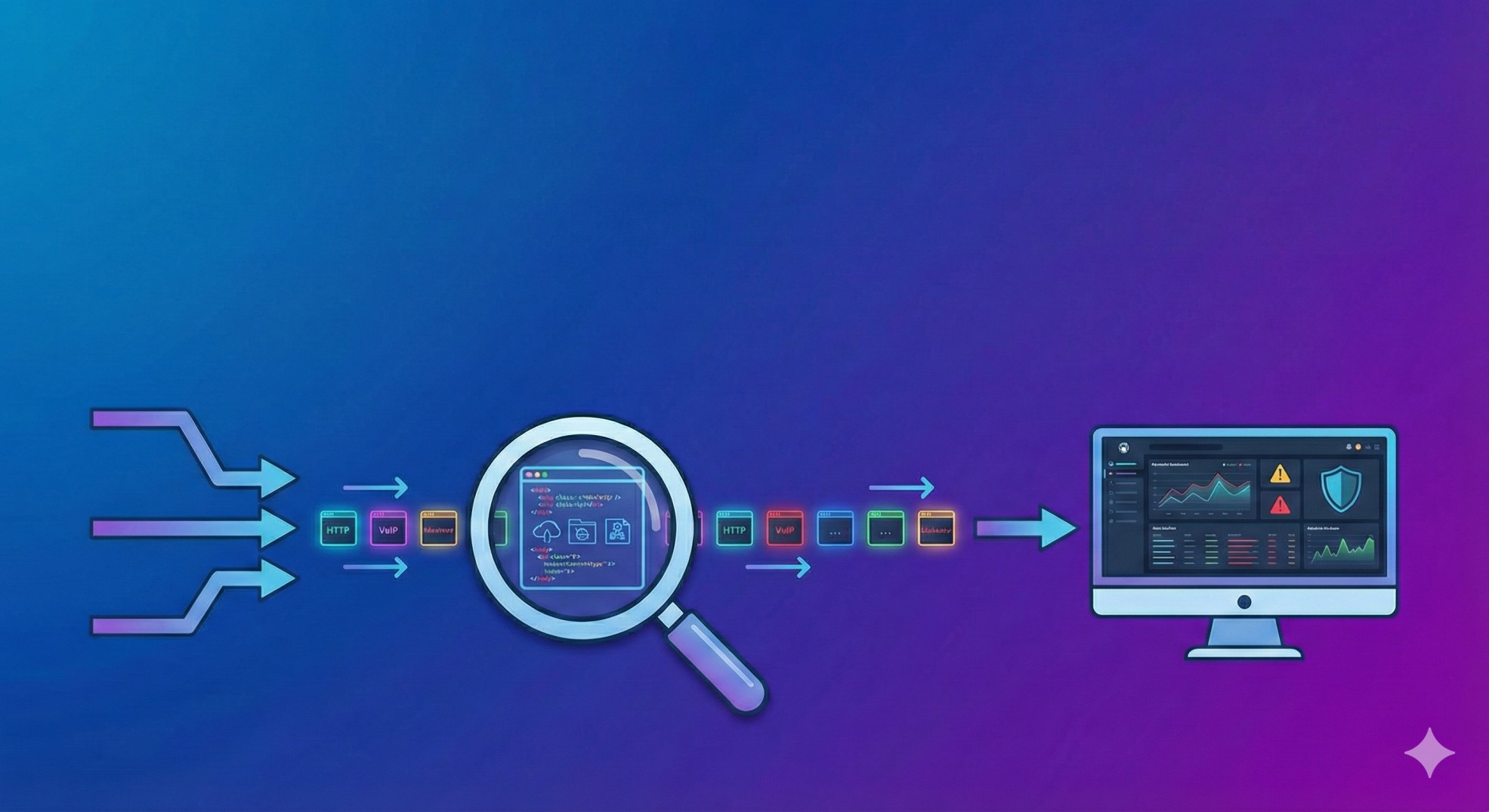The Diameter protocol has emerged as a fundamental component of modern telecommunications, particularly within 4G (LTE) and upcoming 5G networks. Designed to enhance security and efficiency in network signaling, Diameter was introduced as a successor to the older SS7 (Signaling System No. 7). However, recent findings reveal that Diameter is not free from vulnerabilities, echoing the issues that have long affected its predecessor.
Diameter vs. SS7: A Quick Overview
Both Diameter and SS7 serve critical functions in telecommunication networks, focusing primarily on authentication, authorization, and accounting (AAA) services. SS7, developed in the 1970s, has been notorious for its security flaws, making it susceptible to various attacks, including call interception and location tracking. As the telecommunications industry evolved, the need for a more secure framework became evident, leading to the adoption of Diameter.
Diameter was designed to address the shortcomings of SS7 by incorporating features such as support for encryption protocols (TLS/DTLS and IPsec), enabling more secure communication between network nodes. Despite these advancements, security researchers have highlighted that the implementation of Diameter has not fully capitalized on its security capabilities.
The Misconfiguration Problem
Recent research has unveiled a troubling trend: Diameter is frequently misconfigured in 4G networks. Cybersecurity experts have discovered that telecom operators often neglect to employ encryption within their networks, instead relying on a trust model based on peer-to-peer relationships with other operators and IPX providers. This reliance on trust leaves significant vulnerabilities unaddressed.
Misconfigurations result in several potential attack vectors:
- Subscriber Information Disclosure: Attackers can exploit misconfigurations to gather sensitive operational information. This includes a user’s IMSI identifier, device addresses, and geographical location, enabling them to track individuals in real-time. Such information is invaluable for adversaries looking to conduct targeted attacks or engage in fraud.
- Network Information Disclosure: Similar to subscriber information, network data can be accessed by attackers, providing insights into the operator’s infrastructure and operational strategies. This could include information about network configurations, service capabilities, and user behavior, which can be leveraged for further attacks.
- Subscriber Traffic Interception: Although theoretically feasible, traffic interception through Diameter vulnerabilities can occur when attackers downgrade a 4G connection to exploit flaws in older protocols like SS7. This process allows them to intercept SMS messages and voice calls, which can lead to identity theft and other forms of fraud.
- Fraudulent Activity: Attackers can manipulate subscriber profiles to access services without charge, leading to substantial financial losses for operators. This includes modifying billing parameters or overriding service restrictions, allowing users to exploit services without authorization.
- Denial of Service (DoS) Attacks: Diameter vulnerabilities can enable DoS attacks that disrupt user access to essential network features, causing significant operational issues for devices relying on 4G connections. Such disruptions can affect a wide range of services, from financial transactions to emergency communications.
The Growing Risk with IoT Devices
The proliferation of Internet of Things (IoT) devices that rely on 4G networks exacerbates the implications of Diameter vulnerabilities. Many IoT devices, such as ATMs, payment terminals, utility meters, and smart home devices, utilize 4G SIM card modules for connectivity. This reliance on vulnerable network protocols leaves these devices exposed to potential attacks.
Exploiting these vulnerabilities can have serious repercussions. An attacker might, for example, be able to access sensitive data from linked devices without authorization or deactivate vital infrastructure services. The consequences of Diameter vulnerabilities are even more concerning as the Internet of Things grows, endangering not only telecom providers but also customers and companies who depend on secure communications.
Historical Context and Ongoing Challenges
The transition from SS7 to Diameter was meant to modernize telecom security protocols, but the industry faces ongoing challenges in implementing robust security measures. Historical data has shown that security flaws in signaling protocols have existed for decades, with SS7 being notorious for its vulnerabilities. Diameter was introduced as a more secure alternative, yet its adoption has not eradicated the risks.
The security environment is made more complex by the slow transition to 5G networks. Although 5G promises to improve the efficiency and capacities of networks, it also carries over vulnerabilities from its predecessors. To defend against both established and new threats, operators must make sure that Diameter's security features are appropriately employed.
Understanding Diameter Protocol Interfaces and Error Codes
To grasp how the Diameter protocol operates, it is essential to understand its architecture. Diameter is defined by various interfaces and utilizes AVPs (Attribute-Value Pairs) to convey information. An example of its application is in the Diameter protocol in IMS (IP Multimedia Subsystem), where it facilitates user authentication and service authorization.
Diameter error codes provide insights into the status of requests and help diagnose issues in communication between nodes. Common error codes include:
- DIAMETER_UNKNOWN_PEER: Indicates that the destination node is unknown.
- DIAMETER_AUTHORIZATION_REJECTED: Signifies that a request for service has been rejected.
Such codes are crucial for troubleshooting and ensuring that Diameter can efficiently manage AAA services.
The Need for Enhanced Security Measures
As the telecommunications industry continues its evolution towards 5G and beyond, the security of protocols like Diameter must be prioritized. Operators need to invest in robust security practices that leverage the protocol's capabilities fully. By recognizing the vulnerabilities and addressing misconfigurations, telecom operators can strengthen their defenses against emerging threats and ensure the integrity of their networks.
In summary, while the Diameter protocol was designed to improve security in telecom networks, its current implementation often falls short. To protect subscribers and maintain operational integrity, it is essential to proactively identify and rectify these vulnerabilities.
The future of telecommunications depends on our ability to secure the very protocols that underpin our networks.
🔐 Looking for the full picture? Explore the Ultimate Guide to Mobile Network Security — your complete resource on telecom security, from architecture to audits.




